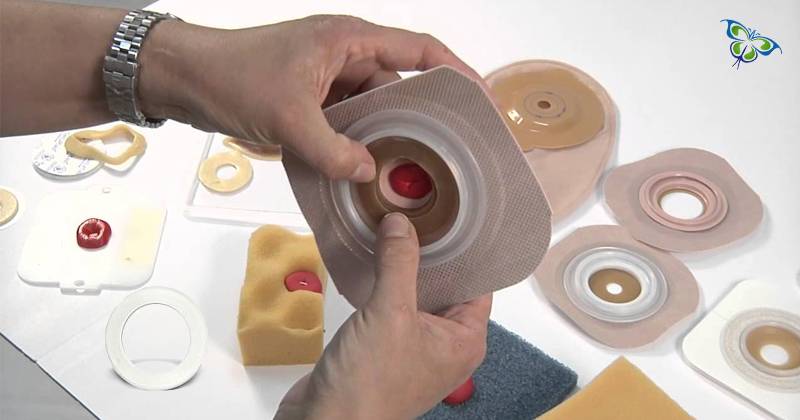
Hello
Select Address

Ostomates are familiar with this terminology. ‘Convex inserts’, to put it simply, are a popular medium of attachment of ostomy bags to the stoma region. An ostomate needs to live his or her everyday life with several accessories, appliances, and certain parameters related to the ostomy pouch (location, shape, duration, type, purpose, etc.) which varies in each ostomy case.
How is the ostomy pouch attached? How long do they stay there or how often does one need to change? What is the waste disposal or irrigation prospect of various ostomy pouches? There are innumerable queries as well as documented information on the internet serving the interests of an ostomate. A common issue faced by ostomates is leakage and irritation of the peristomal skin.
Why is ‘Convexity’ important? A detailed explanation...
Convexity, in case of an ostomy, takes care of leakage. Now, what causes leakage? The ideal stoma and peristomal skin position are that the former sticks out (above the skin level) with the opening right in the middle; the latter will lie flat irrespective of your position (sitting, standing or lying down)! However, this does not happen always and when the stoma and peristomal skin condition is not ideal, convexity corrects the anomaly. Suppose the stoma is not sufficiently bulging out or the skin folds are creating a constant obstacle, what convexity does in such a case?
Convexity doesn’t allow the flange to lie flat on the skin. It creates a protrusion on the inner side to put pressure on the skin surrounding the stoma (to push it in and make the stoma bulge out) in order to prevent leakage. The purposes that convexity serves, in a gist, are:
1. It prevents undermining of stool or a premature leakage of the pouch
2. It also helps in cases where the stoma opening is tipped over and drains on the skin directly
3. It might help in filling craters and gullies that sometimes surround the stoma!
Types of convexity...Which would you choose?
Convex options for ostomy pouching are varied. Below are discussed the ones most commonly used:
1. Addition of a barrier ring to the back of a flange
2. ‘Inserts’ that can be added to the flange
3. A ‘built-in’ or integrated convexity included in the flange
Not only does convexity differ in types but also their degree of protrusion. They range from light to deep. The light or low-level ones are meant to make small changes like correcting little skin folds or a slightly tipping over the stoma. Medium level ones are meant to deal with stomas that are only poorly protruding or light skin creases. The deeper ones pose a maximum degree of protrusion and mostly deal with retracted stomas surrounded by gullies and gorges!
Effluent leakage does not depend upon your choice of the pouch. It rather rests upon the setting up of your ostomy appliance and also the accessories used. Ostomy accessories are known to come to the rescue during leakages. The convex insert is one such important accessory. Its purpose is well elucidated in the explanation of the need for convexity for an ostomate. Convexity ensures to serve the following purposes...
• It manages flat and retracted stomas
• Deals well with irregular peristomal planes such as the ones with creases and skin folds
Some cons of convexity
While this feature helps deal with some major ostomy challenges, it has some facts that might not seem advantageous! Convex flanges are more costly than the flatter ones. You gain only if the wear-time is longer. Barrier rings add to costs and it’s often wise to go for ‘integrated convexity’ than adding a ring to a flat system!
Traditionally (before the early 80s to be precise), irregular body contours used to be managed by the use of pastes, rings, medical adhesives, and belts. Post this period, product manufacturers designed convex skin barriers for the one-piece and two-piece pouching systems.
[Here's more on: Stoma adhesive remover]
There is no set standard with respect to the depth, firmness, flexibility, and other attributes of convex strips. This happens to be a loophole in the evolution of these accessories. It all depends upon the skill and knowledge of the clinician who is left to match the stomal protrusion or peristomal contours with the appropriate barrier.